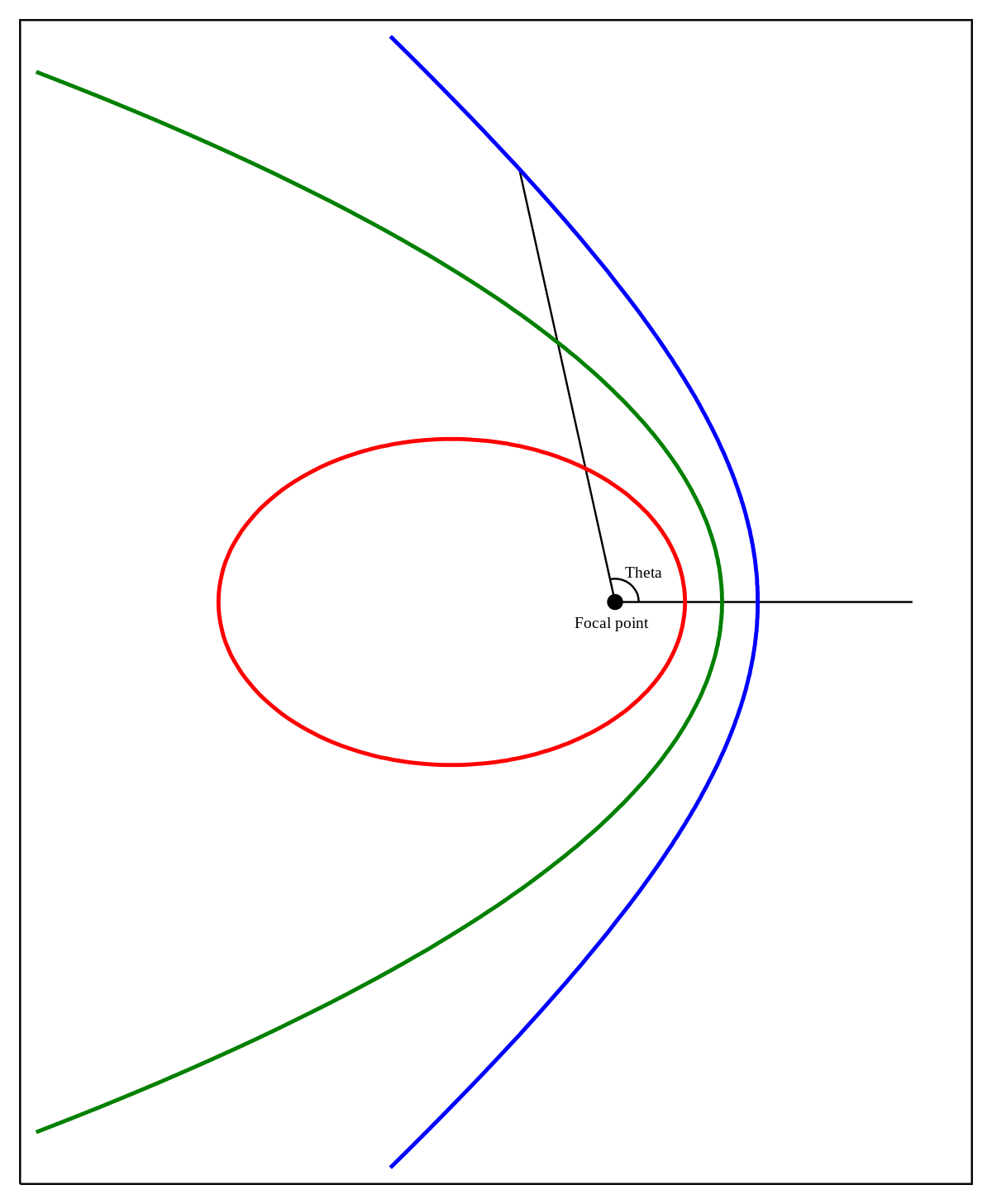As above. Over that period we are orbiting the galaxy, passing up and down through the galactic plane. Density varies during the journey so that means consequences do not follow an exact cycle. That's from memory, so I will go check.
Don't understand P 9/10 at all. How massive are you suggesting? And do I understand perihelion approx 1 AU and aphelion 99 million AU? Really???
Cat

The variation in the Galaxy as Earth travelled through accounts for the variation in effects:
""These new findings of coinciding, sudden mass extinctions on land and in the oceans, and of the common 26- to 27-million-year cycle, lend credence to the idea of periodic global catastrophic events as the triggers for the extinctions," said Michael Rampino, a professor in New York University's Department of Biology and the study's lead author. "In fact, three of the mass annihilations of species on land and in the sea are already known to have occurred at the same times as the three largest impacts of the last 250 million years, each capable of causing a global disaster and resulting mass extinctions."
"The team analyzed the ages of 89 well-dated major geological events of the last 260 million years. These events include marine and land extinctions, major volcanic outpourings of lava called flood-basalt eruptions, events when oceans were depleted of oxygen, sea-level fluctuations, and changes or reorganization in the Earth's tectonic plates."




